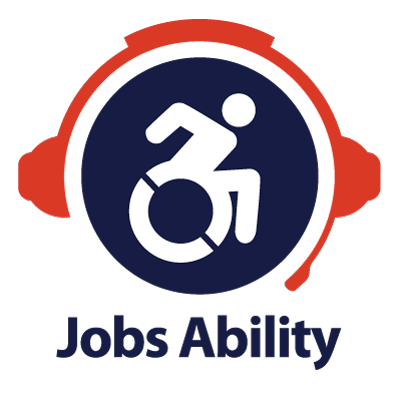Doug Hamlin Letter to the Post Standard
September 11, 2015Sodexo Employees Celebrate the Abilities of Others for #NDEAM – Part 2
October 21, 2015Sodexo Employees Celebrate the Abilities of Others for #NDEAM – Part 1
By Autumn McReynolds, Employment Brand Sourcing Manager
Do you know what the “world’s largest minority group” is? Often unseen, disabilities are more common than most people know. For me, however, this has always been top of mind, having grown up with a grandmother who was unable to walk, a close family friend with a learning disability and a former coworker with an intellectual disability. Understanding how to best communicate with and be respectful of them was critical to building positive, lasting relationships.
Because of this, I became a member of the Sodexo Organization for disAbilities Resources (SOAR) national committee earlier this year to help myself and my colleagues become more aware of the types of disabilities that exist and how to focus on the abilities of others and what they can do in the workplace. One way we’re working toward this is by launching a one-stop shop for disability training, resources, accommodation request information and much more that Sodexo employees can access at any time.
The launch of our one-stop shop coincides with National Disability Employment Awareness Month (NDEAM) and will include stories of how my fellow SOAR members and other Sodexo management employees are getting involved in their communities and making strides to become allies for people with disabilities. To kick off the month, here is the first post in our 4-part series, highlighting the important work they’re doing:
The VOICE Training
The VOICE, SOAR’s signature learning lab, provides training on how to become an ally for people with disabilities by raising awareness of what a disability might be, including seen and unseen cognitive disabilities, providing ideas on low or no cost accommodations and sharing best practices on how to assist people with disabilities. To date, over 1,000 employees have participated!
While employees have the option of participating via webinar, one of the benefits of classroom training is that it gives people the opportunity to learn with their hearts and to see the visual reactions of other participants.
“We’ve had some real ‘aha’ moments in our training when we were surprised to learn about team members with hidden disabilities,” Bill Anstee, Vice President of Human Resources for Healthcare, said. “That promotes understanding on why they might respond differently or not at all. This training has changed the way we communicate with each other; it’s a great team-building tool.”
This is just one example of how Sodexo employees are supporting people with disabilities, and we will continue to publish more throughout the month. Stay tuned for Part 2 of this series next week, and follow our dedicated Pinterest board for additional content, facts and much more.
—
To read more stories about the Sodexo culture, our people, job seeking tips or job opportunities, visit our Careers Blog at www.SodexoUSACareersBlog.com
